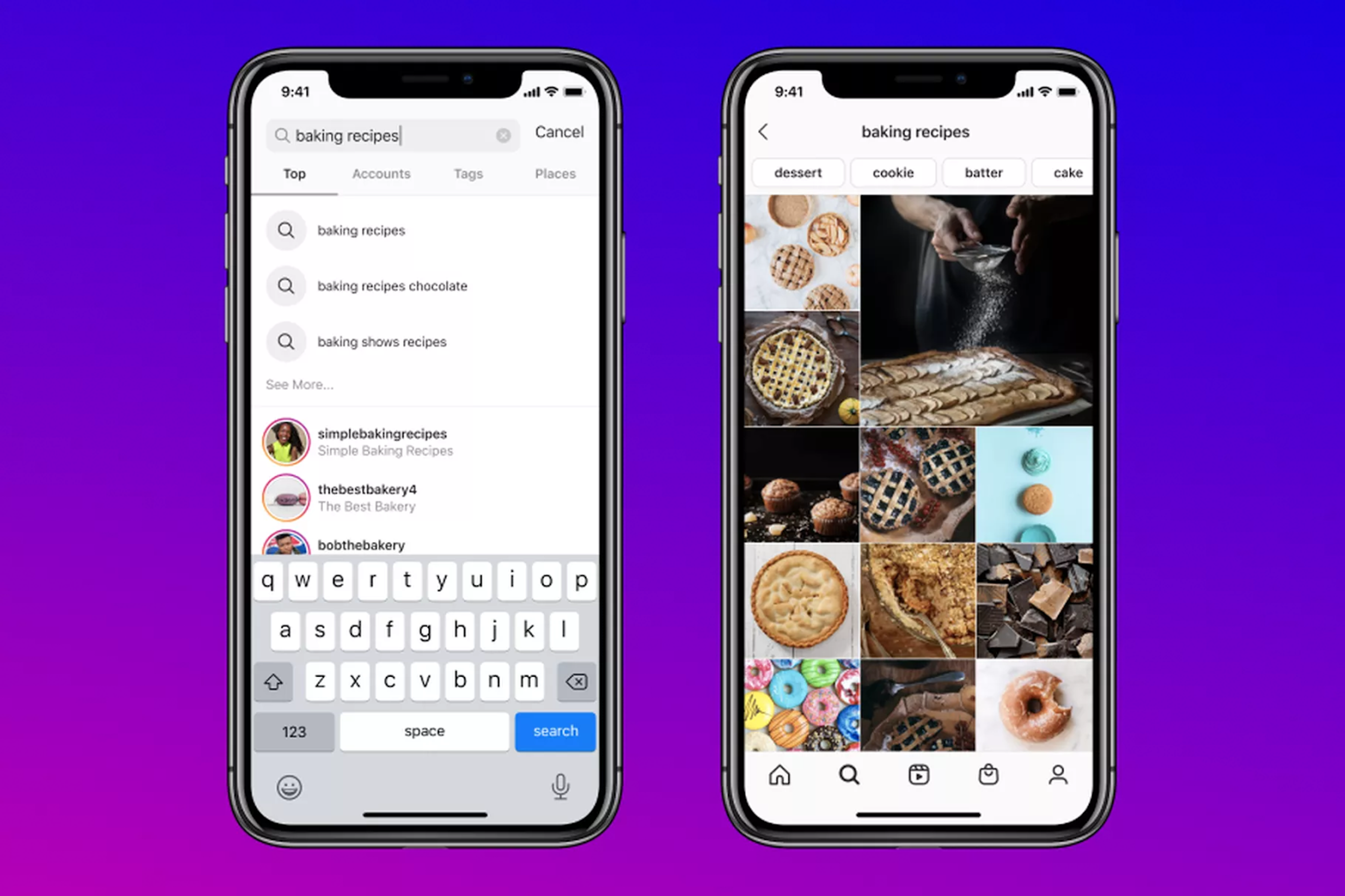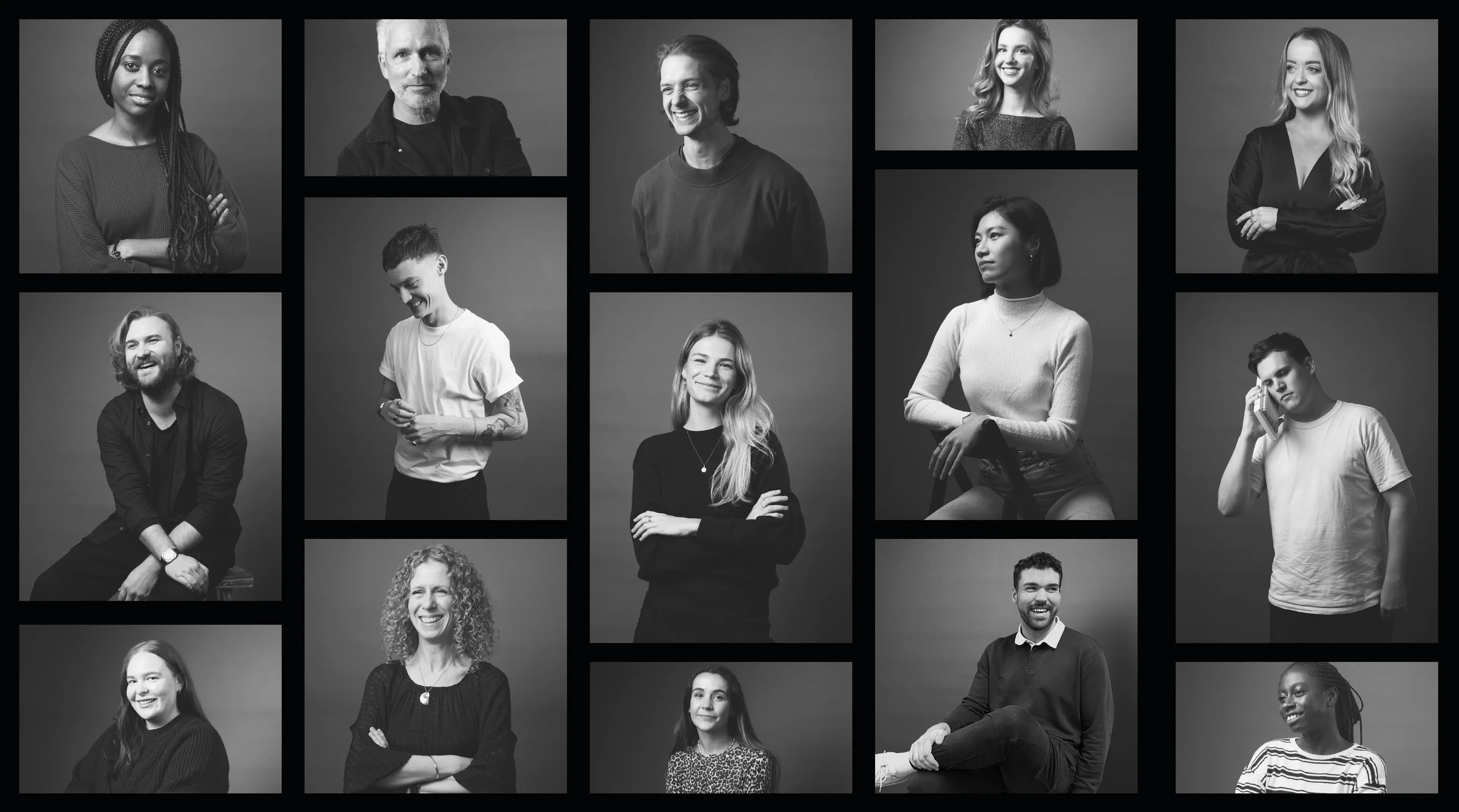
Trends & Insights
1 Jan 2021
5 Min Read
Matter Of Form Future Forecast 2021
Every normal year brings us tech innovations, design trends and inspiration. But what happens after 2020? How will a pandemic shake up the way we think, the way we communicate, the way we shop, the way we live?



“Gartner predicts that by 2022, more than 75% of global organizations will be running containerized applications in production, up from less than 30% today.”
Trends & Insights



